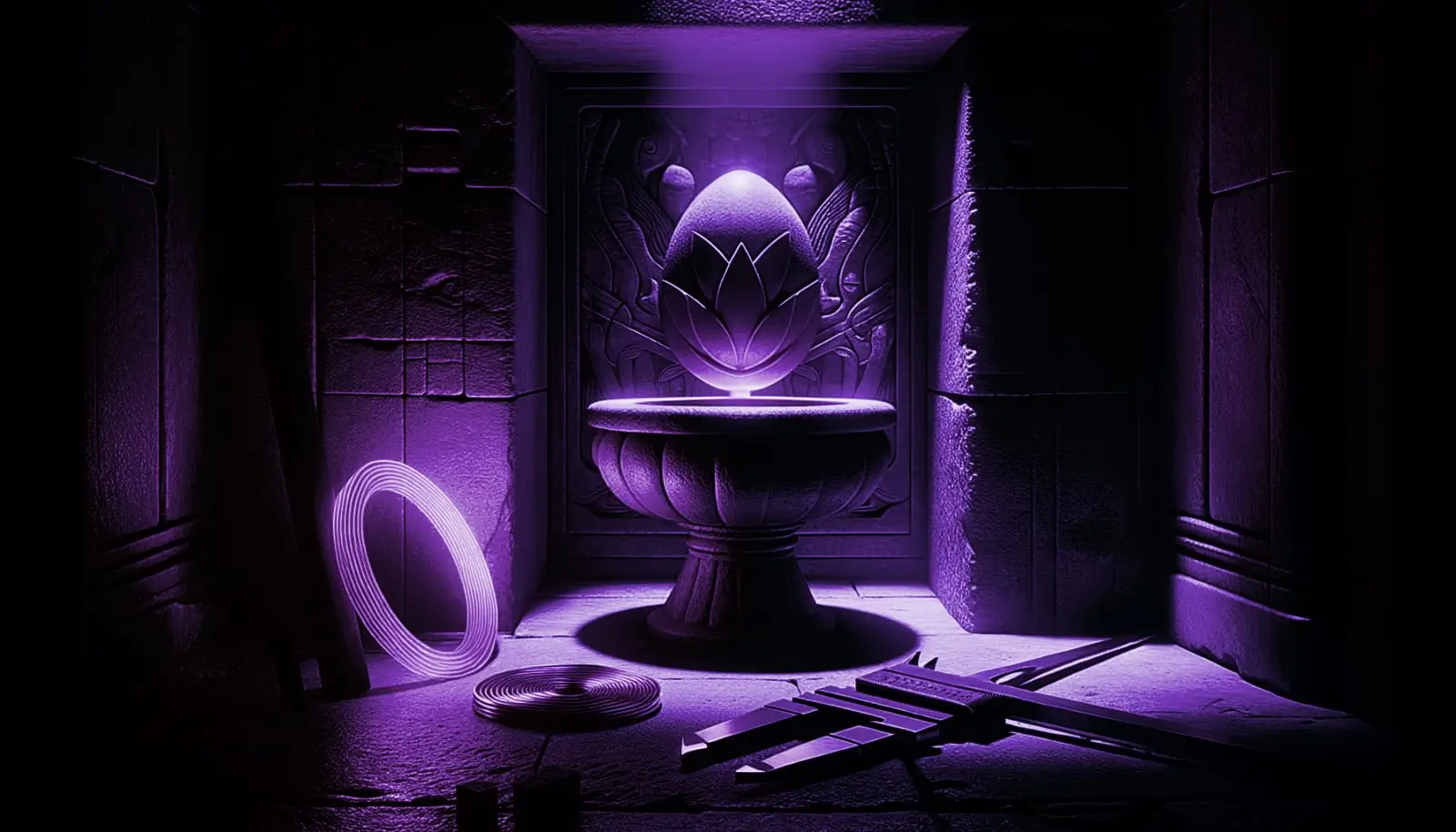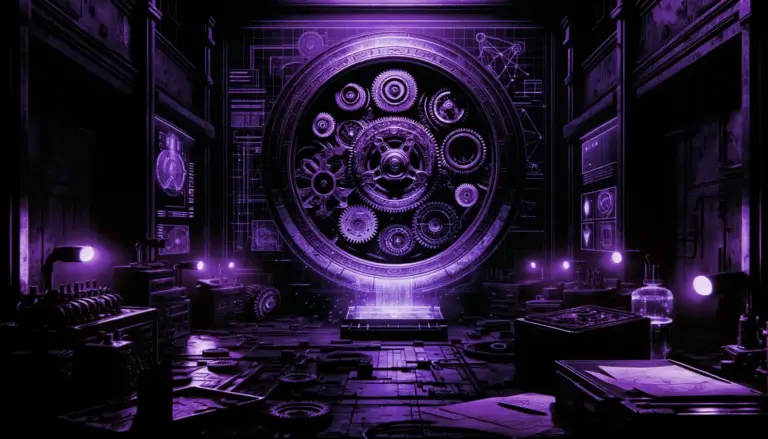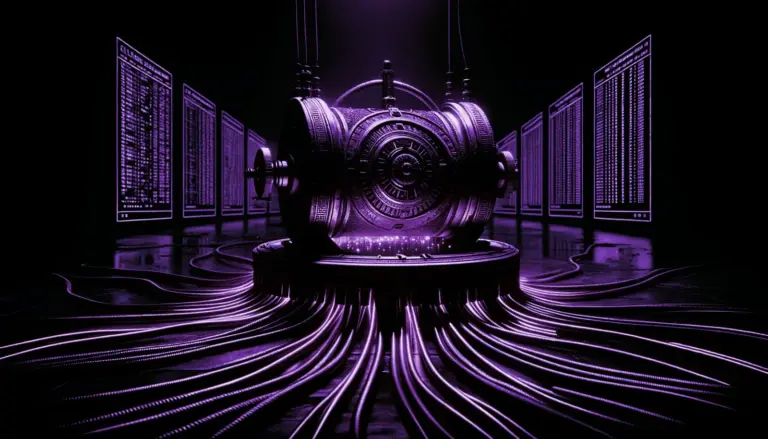Ancient Egypt: Unraveling the Electricity Mystery
Ancient Egypt electricity re-examined through Dendera reliefs, museum records, and corrosion data; small, testable rituals over spectacle, with 2025-ready methods.
The corridor is narrow and cold, limestone swallowing the beam of a hand torch as if it were water. Reliefs rise from the walls: lotus, coils, a serpent swelling from a glass-like oval. Ceiling stones are clean – conspicuously clean. This is where whispers about ancient egypt electricity keep returning, not as a slogan, but as a meticulous doubt.
Across centuries of copies and expeditions, a quieter thread persists: copper traces under gilt, lotus-shaped bases that look suspiciously like insulators, and scenes that read less like myth collages and more like assembly diagrams. The past does not confess; it leaves residues.
Video coming soon – this section will embed the YouTube investigation once published.
What the Video Adds (Quick Summary)
Our on-screen test rebuilds a Dendera-style “circuit” with period-faithful materials: copper foil, resin-coated fibers, acidic grape/wine solutions, and lotus-like ceramic stands. We overlay photogrammetric scans of the Dendera crypts with the 1809 Description de l’Egypte plate, then measure lumen output versus soot deposition and compare any thin metallic films to museum-published gilding records from the British Museum and the Institute for the Study of Ancient Cultures. We also benchmark decay against NIST copper corrosion data to evaluate why hardware would rarely survive.

The First Disruption
Dendera, late Ptolemaic. In the cramped crypts beneath Hathor’s temple, reliefs show priests, lotus pedestals, a cable-like stem leading to a box, and that swelling serpent within an oval. Scholars have long emphasized theology – the serpent as life force, the oval as the womb of the dawn – yet technicians keep noticing the engineering grammar. As of 2025, no device has been recovered, but the Epigraphic Survey’s digital documentation and photogrammetry indicate purposeful sequencing, not random juxtaposition.
Artifact: “Dendera Temple Relief Drawing,” Description de l’Egypte (1809) – Bibliotheque nationale de France. Plate used by 19th-century scholars to standardize motif analysis and placement notes.
Definition: electroplating is the deposition of one metal onto another using a directed current through an electrolyte. British Museum and Institute for the Study of Ancient Cultures records describe fire gilding and leaf application, but uniform micro-films on delicate substrates persist as questions in lab notes. NIST’s published copper corrosion work (2011-era datasets) suggests that unsealed conductors in humid, acidic environments decay quickly; absence of hardware may be expected, not exculpatory. If this scene gestures at function, it would be ritual-scale – minutes of light, thin coatings of metal, awe in the dark. This is where ancient egypt electricity moves from slogan to testable hypothesis.
Other Verified Encounters
Outside Dendera, the evidence shifts from pictures to residues and parallels. Microscopy on Egyptian gilt objects often finds copper underlayers, mechanical or chemical, with leaf on top; conservation files document binders and heat, but occasionally note strikingly uniform films where heat would risk damage. Meanwhile, Greek texts describe static from amber (electron) rubbed with cloth – a repeatable phenomenon acquainted to artisans near Egypt for millennia. In 2018, photogrammetric scans of the Dendera crypts by the Epigraphic Survey captured tool marks and layout cues consistent with staged sequences, aligning with the 1809 plates and modern RTI images. The ledger shows priests handling stems, boxes, and lotus bases – coherent actions rather than a symbolic jumble. Against that, institutional galleries describe the reliefs as theological narratives, which they undoubtedly are – but they can be both. The question is not grandeur; it is measurability. Could ancient egypt electricity have been a small, repeatable trick for plating amulets or igniting brief light without soot?
The Cover-Up / The Silencing
“Cover-up” is the wrong scale; what we see is minimization by habit. Museum labels compress debate into a single sentence; site reports focus (fairly) on inscriptions and masonry. Real institutions like the British Museum and IFAO prize caution, while more informal gatekeepers – call them the Antiquities Oversight Committee of public opinion – frame the Dendera debate as fringe by default. At The Odd Signal, we note a recurring pattern: when a hypothesis sits between myth and lab bench, it becomes narratively inconvenient. Yet that limbo is exactly where tests belong. For adjacent patterns of how technical ideas drift into the margins, compare our Suppressed Technology briefs in Forbidden Science – Suppressed Technology and the timeline cross-checks in the Alternative Timelines dossier.
Echoes of the Future
What changes if a tiny, ritual-scale circuit once flickered beneath Hathor’s roof? Not civilization, but methodology. AI vision models can classify tool marks and gesture sequences in reliefs; photogrammetry can turn scenes into measurable rigs; corrosion models can forecast what survives. NASA materials work on copper alloys and contamination controls informs how quickly traces vanish; DARPA-style open calls for low-power, field-deployable science kits could let on-site teams replicate hypotheses without heavy infrastructure. And if ancient egypt electricity meant a controlled static build-up or galvanic plating used sparingly, then our test thresholds should be sparse: microns of deposit, seconds of light, and clean ceilings. That is not spectacle. It is signal.
Sources Unsealed
- Bibliotheque nationale de France – Description de l’Egypte, Antiquites (1809). Digital facsimile via Gallica: https://gallica.bnf.fr/ark:/12148/bpt6k1047040j
- Institute for the Study of Ancient Cultures, University of Chicago – Epigraphic Survey (Chicago House) program overview and digital methods (2018 ongoing): https://isac.uchicago.edu/research/epigraphic-survey
- NIST publications on copper corrosion and galvanic phenomena (2011 and later). Search portal for peer-reviewed reports: https://www.nist.gov/publications/search?term=copper%20corrosion
- Encyclopaedia Britannica – “Electroplating” (reference definition, updated article): https://www.britannica.com/technology/electroplating
- IFAO (Institut francais d’archeologie orientale) – Dendera projects and temple documentation overview: https://www.ifao.egnet.net
Final Transmission
Step back from the stone: the serpent might still be myth, yet the residues demand meters, not metaphors. To trace every signal strand, enter our full archive, scan the patterns in the Hidden History catalog, or descend directly into the Lost Technologies index. The Dendera Zodiac in the Louvre is often drafted into prophecy tales, but here the task is humbler: repeat the experiment and let the numbers decide. The Odd Signal will be watching.
Frequently Asked Questions (Decoded)
They Don’t Want You to Know This
Join the society of the curious. Get early access to leaked findings, hidden knowledge, and suppressed discoveries — straight to your inbox, before they vanish.




